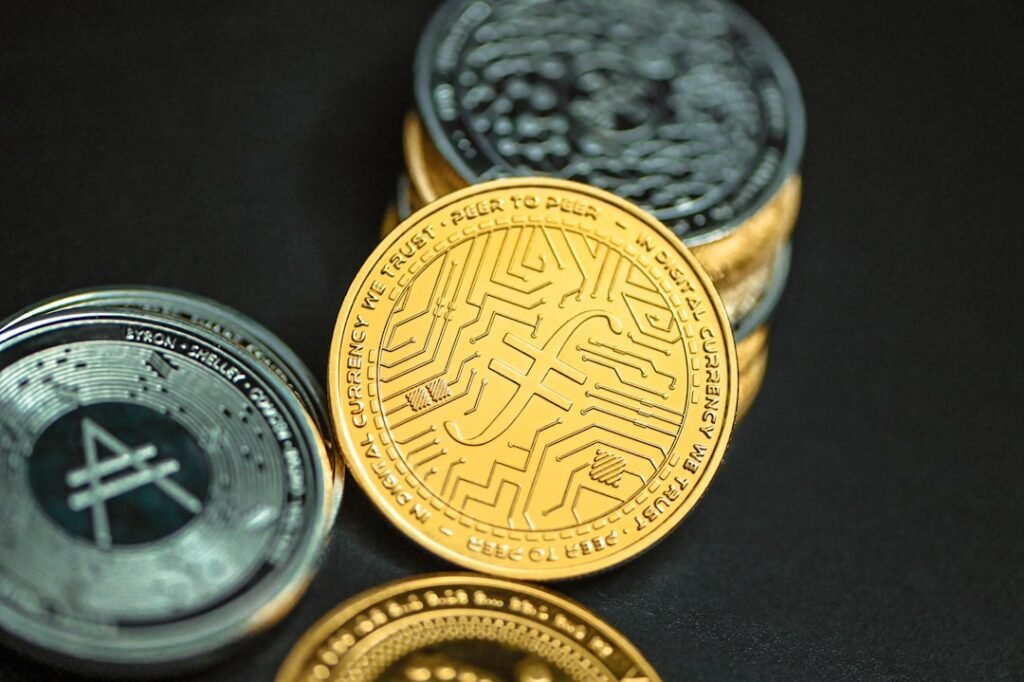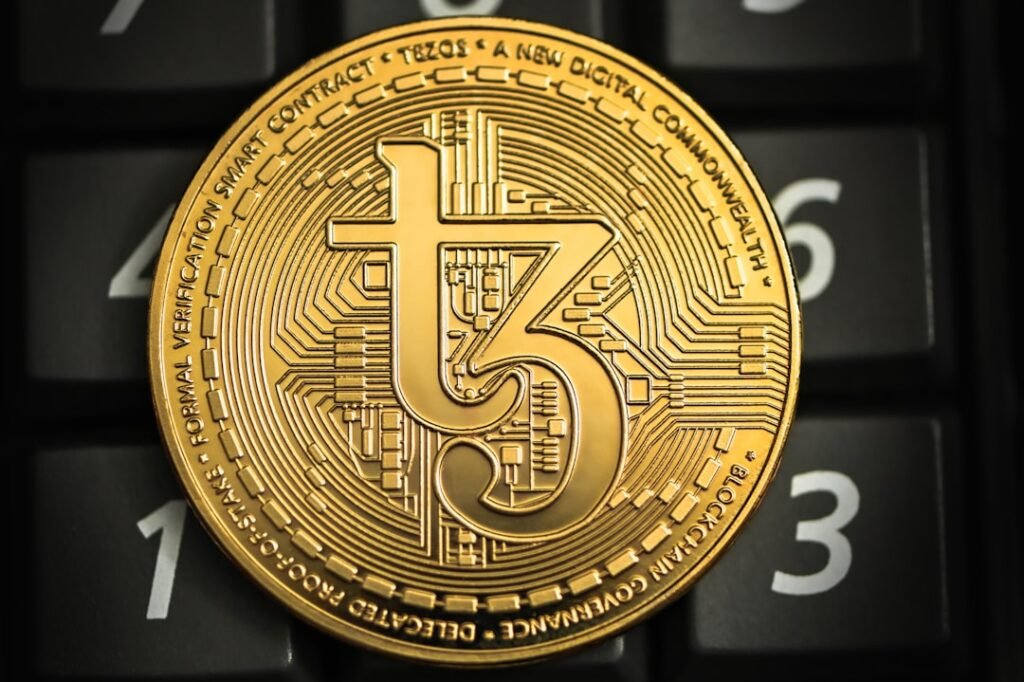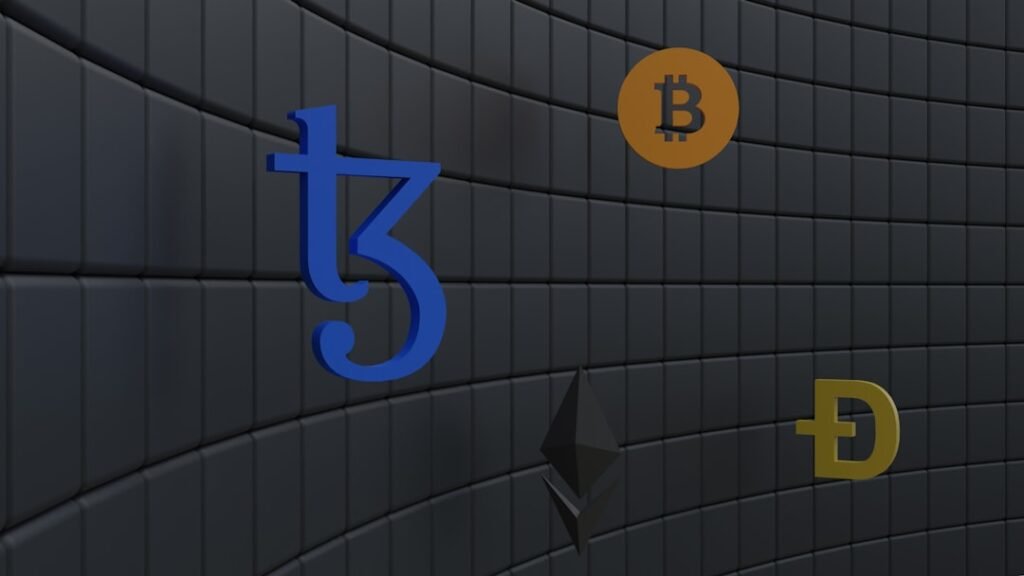Revolutionizing Global Trade: How Blockchain is Forging Transparent and Efficient Supply Chains
In an era where global supply chains are more complex and vulnerable than ever, a technological revolution is quietly unfolding. Blockchain technology, once synonymous only with cryptocurrencies, is now emerging as the linchpin for creating supply chains that are not only more efficient but radically transparent. This transformation is particularly impactful in the realm of Supply Chain Finance (SCF), where trust, verification, and speed are paramount.
The Transparency Crisis in Traditional Supply Chains
Modern supply chains are intricate networks involving numerous stakeholders—from raw material suppliers and manufacturers to logistics providers, financiers, and retailers. Each participant maintains their own records, leading to fragmented information silos. This lack of a single, shared source of truth creates critical vulnerabilities:
- Opacity: Difficulty in verifying the origin, authenticity, and ethical sourcing of products.
- Inefficiency: Manual, paper-based processes cause delays in payments and settlements.
- Fraud: Counterfeit goods and documentary fraud lead to billions in losses annually.
- Dispute Resolution: Conflicts over transactions, quality, or deliveries are slow and costly to resolve.
These challenges are acutely felt in SCF, where lenders and financiers require verified, real-time data to assess risk and release funds. The traditional system, reliant on static documents and manual checks, is fraught with inefficiency and risk.
Blockchain: The Foundation of Trust and Efficiency
At its core, a blockchain is a decentralized, immutable digital ledger. Imagine a shared Google Document, but one where every change is recorded, time-stamped, and cryptographically sealed in a way that makes it practically impossible to alter retroactively. This simple yet powerful concept is what makes blockchain a game-changer for supply chains.
How It Works in Practice
- Creating the Digital Thread: Every physical product is assigned a digital identity (e.g., a QR code or RFID tag). As the product moves from farm to factory to store, each critical event—harvesting, production, quality check, shipping, customs clearance—is recorded as a transaction on the blockchain.
- Immutable Record-Keeping: Once a transaction is added to the chain, it cannot be changed or deleted. This creates a permanent, tamper-proof history of the product's journey.
- Permissioned Access: Stakeholders—suppliers, shippers, banks, customers—can be granted access to view the data relevant to them. A financier, for instance, can see verified proof of shipment the moment it occurs, triggering an automatic payment without waiting for physical documents.
Tangible Benefits: Beyond the Hype
The integration of blockchain into supply chain finance yields concrete, measurable advantages:
1. Enhanced Transparency and Provenance
Consumers and businesses are increasingly demanding ethical and sustainable products. Blockchain provides an unbroken chain of custody. For example, companies like De Beers use blockchain to track diamonds from the mine to the jewelry store, ensuring they are conflict-free. This level of provenance builds brand trust and meets regulatory requirements.
2. Dramatically Improved Efficiency and Speed
Smart contracts—self-executing contracts with the terms directly written into code—automate manual processes. A smart contract can be programmed to automatically release payment to a supplier once a IoT sensor confirms the goods have been received at a warehouse and a matching digital bill of lading is recorded on the blockchain. This reduces transaction times from weeks to minutes and slashes administrative overhead.
3. Reduced Fraud and Counterfeiting
The immutable nature of the ledger makes it extremely difficult to introduce counterfeit goods into the system or forge documents like Letters of Credit or Bills of Lading. Every participant can verify the authenticity of the product and the transaction, securing the financial interests of all parties involved.
4. Increased Access to Financing
Small and medium-sized suppliers often struggle to secure financing due to a lack of credit history or opaque operations. Blockchain changes this by providing financiers with a transparent, real-time view of a supplier's transaction history and inventory movement. This verifiable data can be used to assess creditworthiness, allowing smaller players to access working capital loans and invoice financing more easily.
Real-World Applications: From Theory to Practice
The theoretical benefits are compelling, but real-world implementations are already proving their value:
- Food Safety: Walmart uses blockchain to track the provenance of leafy greens and pork. In the event of a contamination scare, tracing the source can be done in seconds instead of days, enabling targeted recalls and saving lives.
- Pharmaceuticals: Companies are deploying blockchain to combat counterfeit drugs. By tracking each bottle's journey, they can verify its authenticity, ensuring patient safety and protecting brand integrity.
- Trade Finance: Platforms like we.trade and Marco Polo are leveraging blockchain to digitize and automate trade finance processes. They streamline operations like open account trading and risk mitigation, reducing paperwork and accelerating international transactions.
課題を克服する
Despite its potential, widespread adoption of blockchain in supply chains faces hurdles:
- Interoperability: Different companies may use different blockchain platforms. Creating standards that allow these systems to communicate is crucial for global, multi-party adoption.
- Scalability: Processing a high volume of transactions quickly and efficiently remains a technical challenge for some blockchain architectures.
- Integration: Embedding blockchain into existing legacy systems like ERPs requires careful planning and investment.
- Governance and Collaboration: A blockchain network is only as strong as its network of participants. Establishing consensus on data standards, rules, and governance among competitors is a complex but necessary task.
The Future is Transparent
The journey towards blockchain-powered supply chains is still in its early stages, but the direction is clear. As the technology matures and overcomes its initial challenges, we will see a new era of global trade—one characterized by unprecedented levels of transparency, efficiency, and trust.
For supply chain finance, this means a future where capital flows as smoothly as information, where risks are accurately assessed in real-time, and where businesses of all sizes can thrive in a more equitable and connected global marketplace. The question for business leaders is no longer もし blockchain will reshape supply chains, but how quickly they can prepare for and embrace this transformative change.












